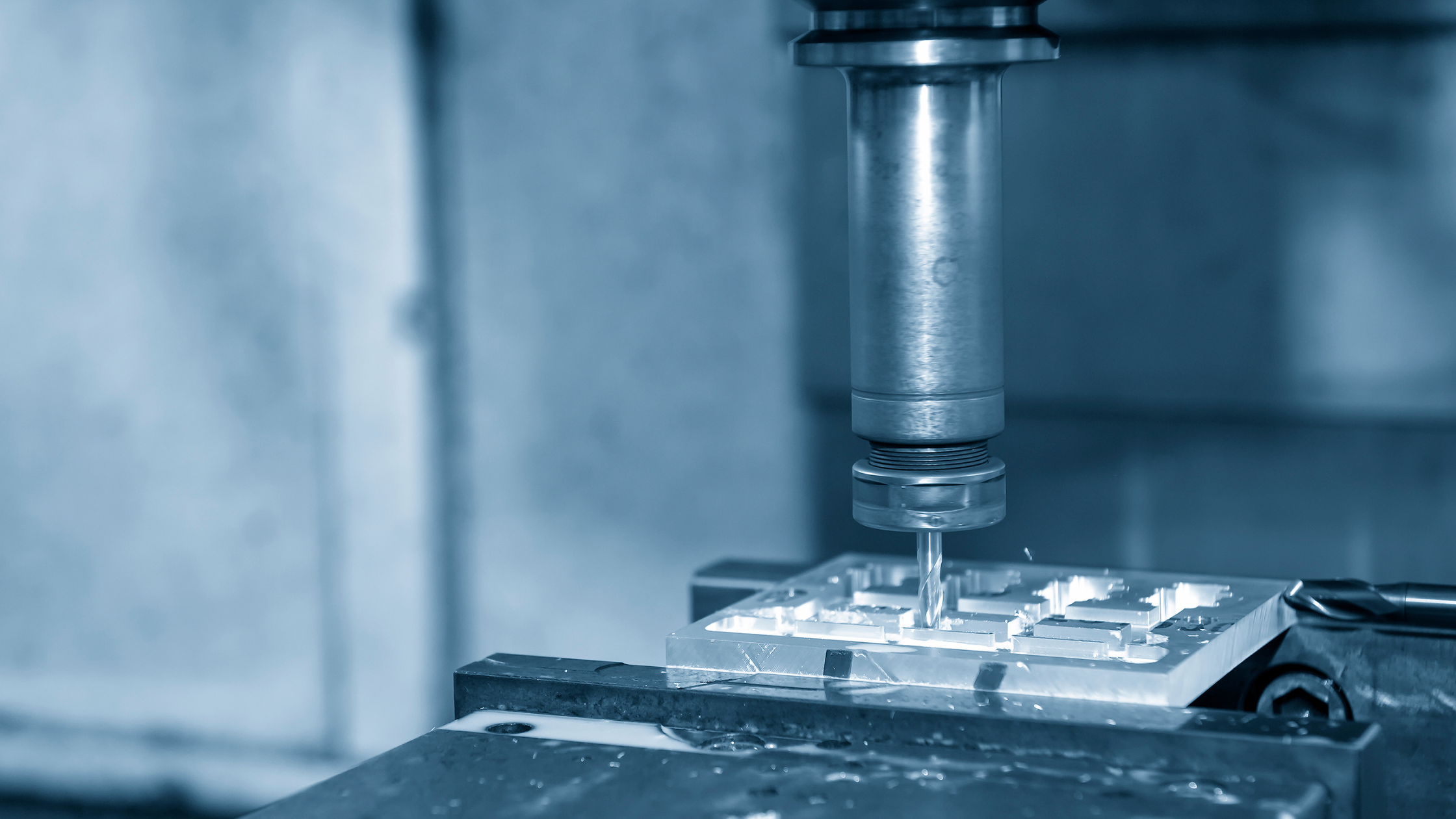Download our guide to learn more about leveraging 3D Printing in manufacturing Download Guide

In the ever-advancing world of manufacturing, the importance of efficiency, precision, and innovation is paramount. One revolutionary technology that's been taking the manufacturing industry by storm is 3D printing, particularly in the creation of jigs and fixtures.
3D printed jigs and fixtures are proving to be game-changers in various applications, from automotive and aerospace to consumer electronics. In this comprehensive guide, we'll delve into the world of 3D printed jigs and fixtures, examining their benefits, applications, materials, and challenges.
Jigs and fixtures are essential tools used in manufacturing to guide, support, or secure a workpiece during machining operations. While jigs guide the cutting tool, fixtures hold the workpiece in the correct position, making both tools pivotal for accuracy and efficiency.
Traditional manufacturing methods of these tools have been expensive, time-consuming, and often rigid in design. That's where 3D printing steps in.
3D printing, or additive manufacturing, builds objects layer by layer using materials like polymers, metals, or ceramics. This technology has made it possible to create customized jigs and fixtures rapidly and at a fraction of the cost of conventional methods.
Like any technology, 3D printing in jigs and fixtures has its challenges:
3D printed jigs and fixtures represent a disruptive technology, reshaping the manufacturing landscape with significant advantages in cost, speed, customization, and sustainability. Their applications across various industries underscore the potential of 3D printing to revolutionize traditional manufacturing methods.
However, the full realization of this technology's potential requires addressing existing challenges through ongoing research, development, and collaboration across the manufacturing ecosystem.
In an ever-evolving industry, 3D printed jigs and fixtures are not just the future; they are the present, offering an innovative and sustainable approach to modern manufacturing. Businesses adopting this technology are well-positioned to lead in a competitive, fast-paced, and increasingly demanding global market.